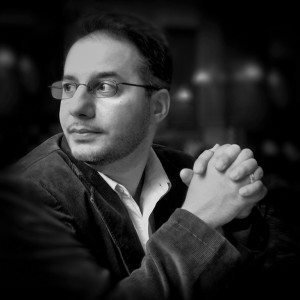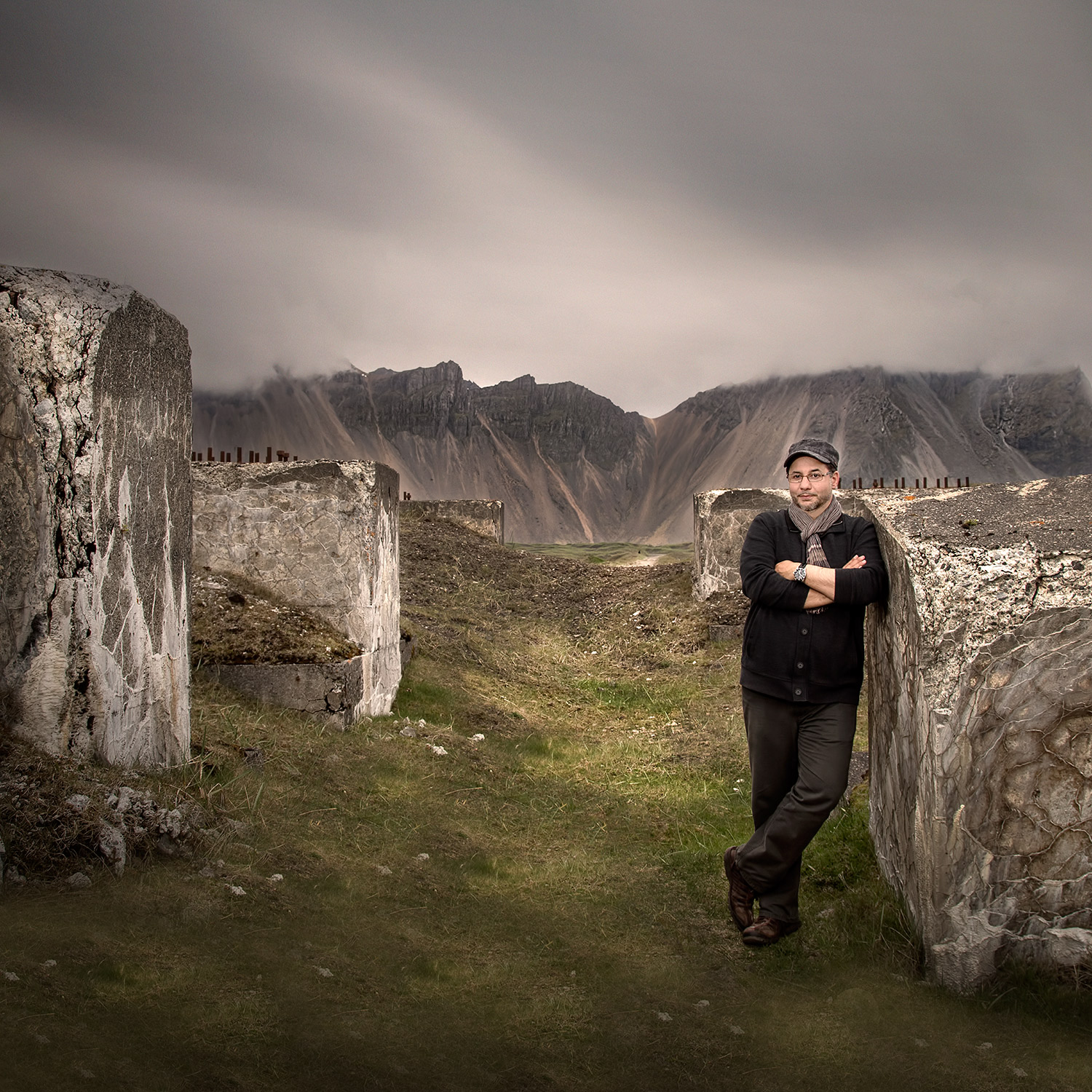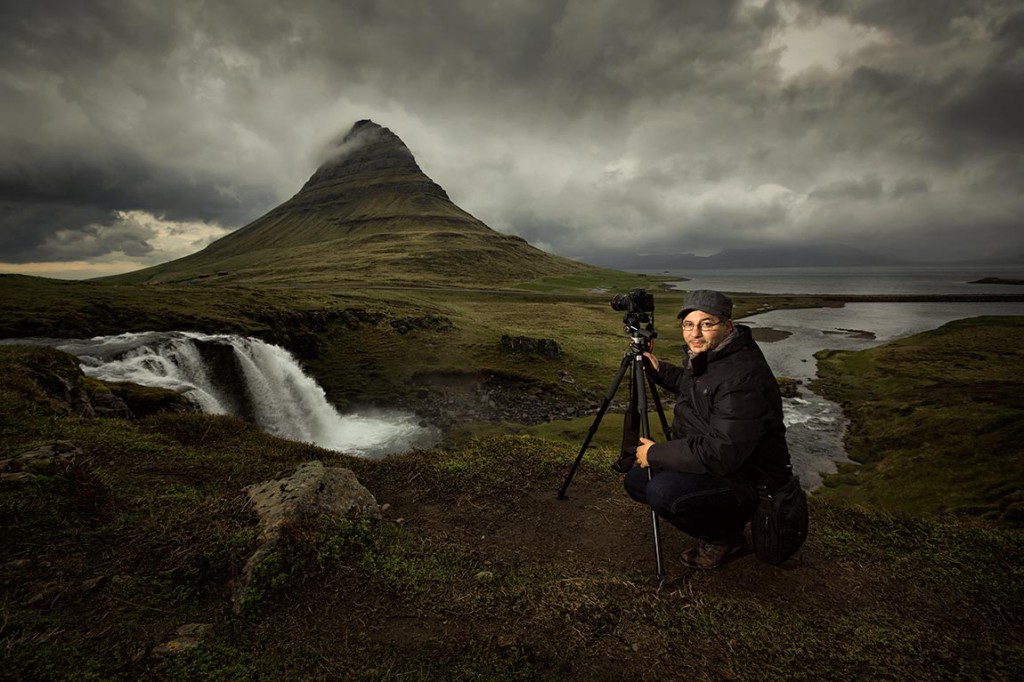 John Kosmopoulos is a Canadian art photographer who has received multiple international distinctions (PX3-Paris, IPA, FAPA, B&W Awards, ND Awards, etc.) for his breadth of work. His images have been featured in galleries throughout the world, including the Louvre in Paris, on billboards, and in several national and international publications such as Digital Photographer Magazine (UK). His photography is also featured in a new cinematic essay entitled “Greece Year Zero” (2016).
John Kosmopoulos is a Canadian art photographer who has received multiple international distinctions (PX3-Paris, IPA, FAPA, B&W Awards, ND Awards, etc.) for his breadth of work. His images have been featured in galleries throughout the world, including the Louvre in Paris, on billboards, and in several national and international publications such as Digital Photographer Magazine (UK). His photography is also featured in a new cinematic essay entitled “Greece Year Zero” (2016).
Always in pursuit of an exquisite enlightenment with the practice of an insightful imagination to fulfill his artistic imperatives, John embodies an “Eclectic Aesthetic Fine Art” (EAFA) philosophy of photography where his specialization is in a generalist approach. His intent is to capture the complexity of beauty across multiple subjects and translate them back to the viewer with a felt aesthetic and sensory sophistication that is thematic, symbolic and cinematic.
He resides in the great city of Toronto where he balances his passion for the photographic arts and writing with his love of the Behaviour Sciences as a consultant and educator. John also conducts “finer art” workshops in Canada and around the world with an emphasis on the expressive evolution of the emergent artist.
Philosophy & School of Photography: Eclectic Aesthetic Fine Art (EAFA)™
Psychology of Photography: Vision Drawing / Oramagraphy™, The Art of Oramaku™
Photographic Vision: The 5 C’s of Photographic VISION (Exercises)™ & FAB Time CoNTRoL using the 4-8-16 Method™ (A Guide for Long Exposure Photography)
Practical Theory: Fine Art Photography Definition (Felt Aesthetic)™, FEEL Principle™, LEICA Theory & The G-Zone (BGW Photography)™, Archistract Art: Theory & Types™, The Double Portrait: People & Architecture™
Post-Processing Principles: Infrachroma™, MCM (Muted Colour Metallics) Photography™
Artistic Statement
Vision Drawing (Oramagraphy)™ – I have introduced a new word / phrase in the lexicon of photography known as “vision drawing” or “oramagraphy” (which you can read about in several interviews and on my blog). “Orama” is a Greek word for “vision”. The term “oramagraphy”™ or “όραμαγραφία”™ literally translates as “vision drawing” similar to photography which translates as “light drawing”.
It is a new psychology of photography that focuses on the artist’s creative process in fine art photography based on creative experimentation and evolution. What you capture with your camera is photography; what intellectually, emotionally and behaviourally motivates you to imagine and create a photograph is this complimentary term, “oramagraphy”. This concept also refers to a personal pursuit of vision in photography specific and original to the photographer that may lead the photographer to discover an inspirational or innovative form of photography within the photography community and in the evolution of photography as an art form. In essence, this concept focuses on personal revolution for evolution in the photographic arts as a medium using a psychological framework. This concept is also applicable to all artists who practice various fine arts (e.g., film, painting, music, architecture, etc.).
Portrait Courtesy of Ian Good at Good Light Hunting
Thank you for stopping by…
John


